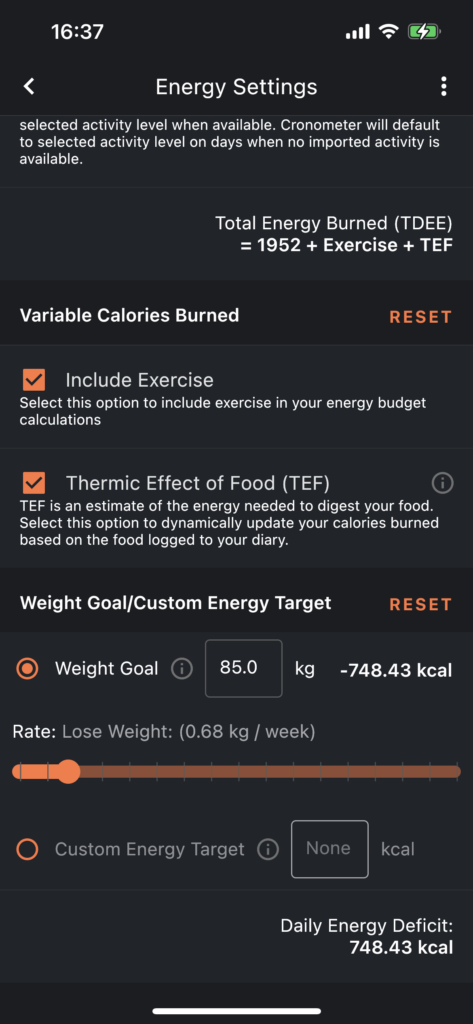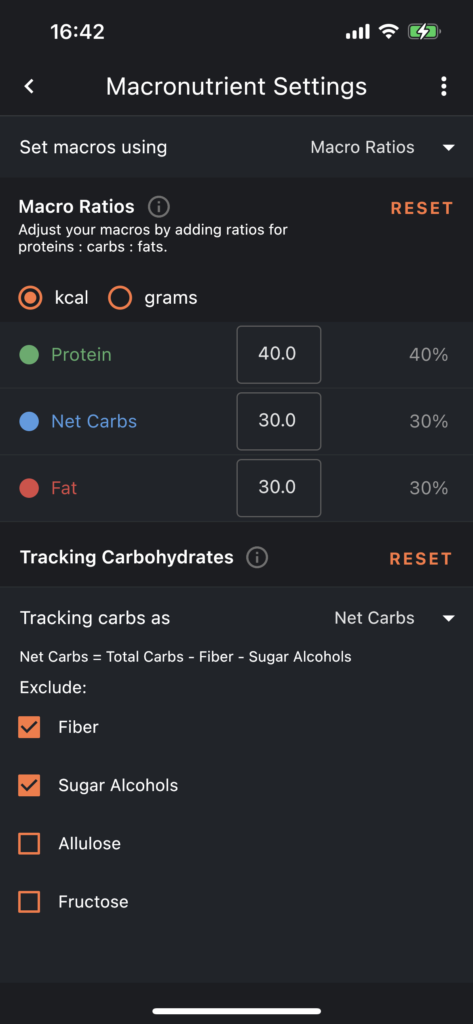It’s not difficult to lose fat. Yes I know a lot of people say it and offer miracle cures but it really is true. The problem is most people can’t do simple things long enough for them to have an effect. It will take time and some discipline, but it’s much more manageable than you think.
1) Adequate protein, moderate caloric deficit
For this I’ll shamelessly use Alex Hormozi’s video, please watch:
TLDW: Eat 1 gram of protein per lb of your desired body weight (or 2 grams per kilogram if you’re using the metric system). So if you want to weigh 200 lbs, you eat 200 grams of protein daily. If you want to get to 85 kg, you eat 170 grams daily, and so on. Then you can eat what you want (the healthier the better though) until you get to your calorie target.
Protein has multiple effects that help with fat loss. First, you burn a lot of energy to digest protein, so that’s extra calories burned. Second, if you work out you’ll use the protein to build muscle, which then burns even more energy. Third, protein is very satiating so it will cut your cravings and help you eat less.
Caloric deficit
You have to be in a caloric deficit to lose weight. This simply means you burn more energy than you eat. So if you burned 2200 calories but ate 2000 you’d have a deficit of 200 calories. You must not overdo it though as that will damage your body and stall your fat loss. As long as you’re burning more calories than you’re taking in, you’ll lose fat. Stay within a deficit of 0-800 calories and you’ll be consistently losing fat without it being dangerous.
2) How to determine calorie targets
I recommend downloading the Cronometer app:
The free version gives you all you need, just input your stats (weight, height, age, etc), and enter how much weight you want to lose, and how fast, and it will give you a calorie target. Then you have to adjust your protein target to what we talked about above (let’s say 200 grams for 200 lbs of body weight).
The good thing about Cronometer is that it won’t let you overdo it by having more than a thousand calorie deficit or so. This is recommended because you won’t get adequate nutrition anymore after that point, and your metabolism will burn less energy which will cause your fat loss to stall.


3) Lifestyle
After Cronometer is set up you simply have to hit your protein and energy goals every day by tracking what food you eat in the app. You can also input the exercises you’re doing or import activity from a fitness tracker. If you’re not losing weight in an interval of a few weeks, it means that you should try a more aggressive fat loss setting or that you’re underestimating the quantity of food you’re eating, or overestimating the amount of calories you burn during exercise. Be honest with yourself, it’s the only way this will work.
4) Optimization
While this will work with pretty much any diet, you will feel better and lose more weight if you eliminate bad foods. Ideally you should restrict your diet to meats, organs, fruit, vegetables, dairy, and honey only. Don’t try to do too much at once though.
Conclusion
I made this as concentrated as possible, you now have the tools to get to your desired body fat. This should work until you get to very low percentages (sub 12%), which is enough if you’re not a professional athlete. The only question that remains is: Will you do it?
Tag @magneur on Instagram or Twitter to share progress if you’re giving this a shot! Also send questions if you have any